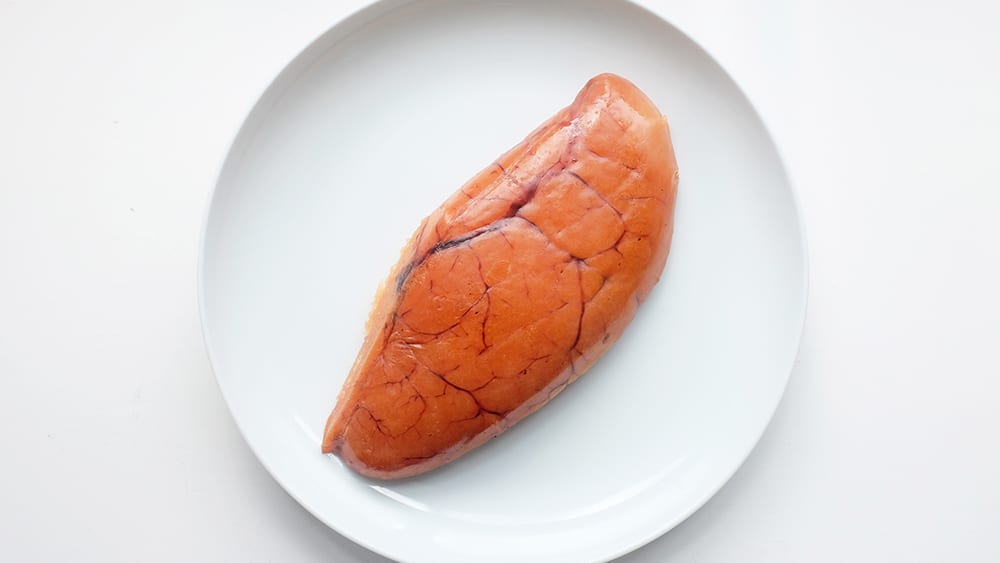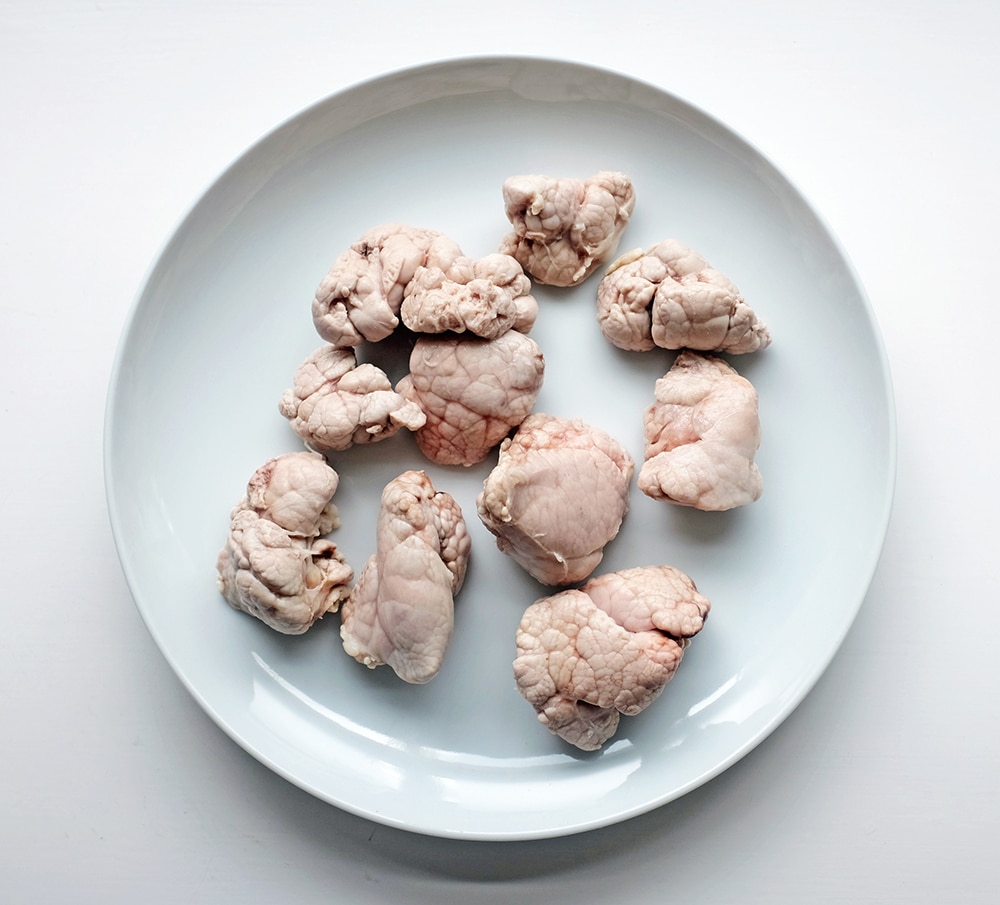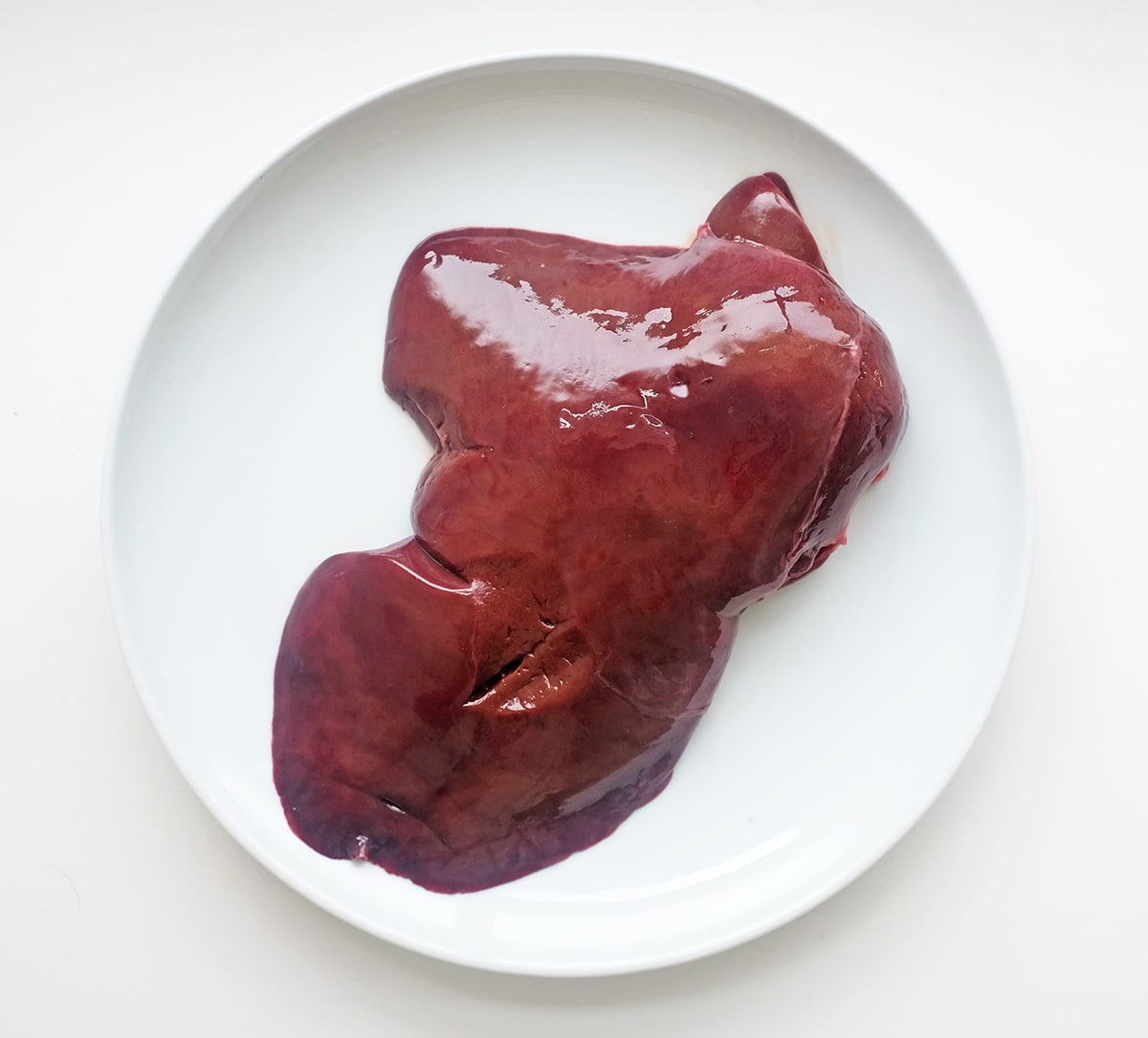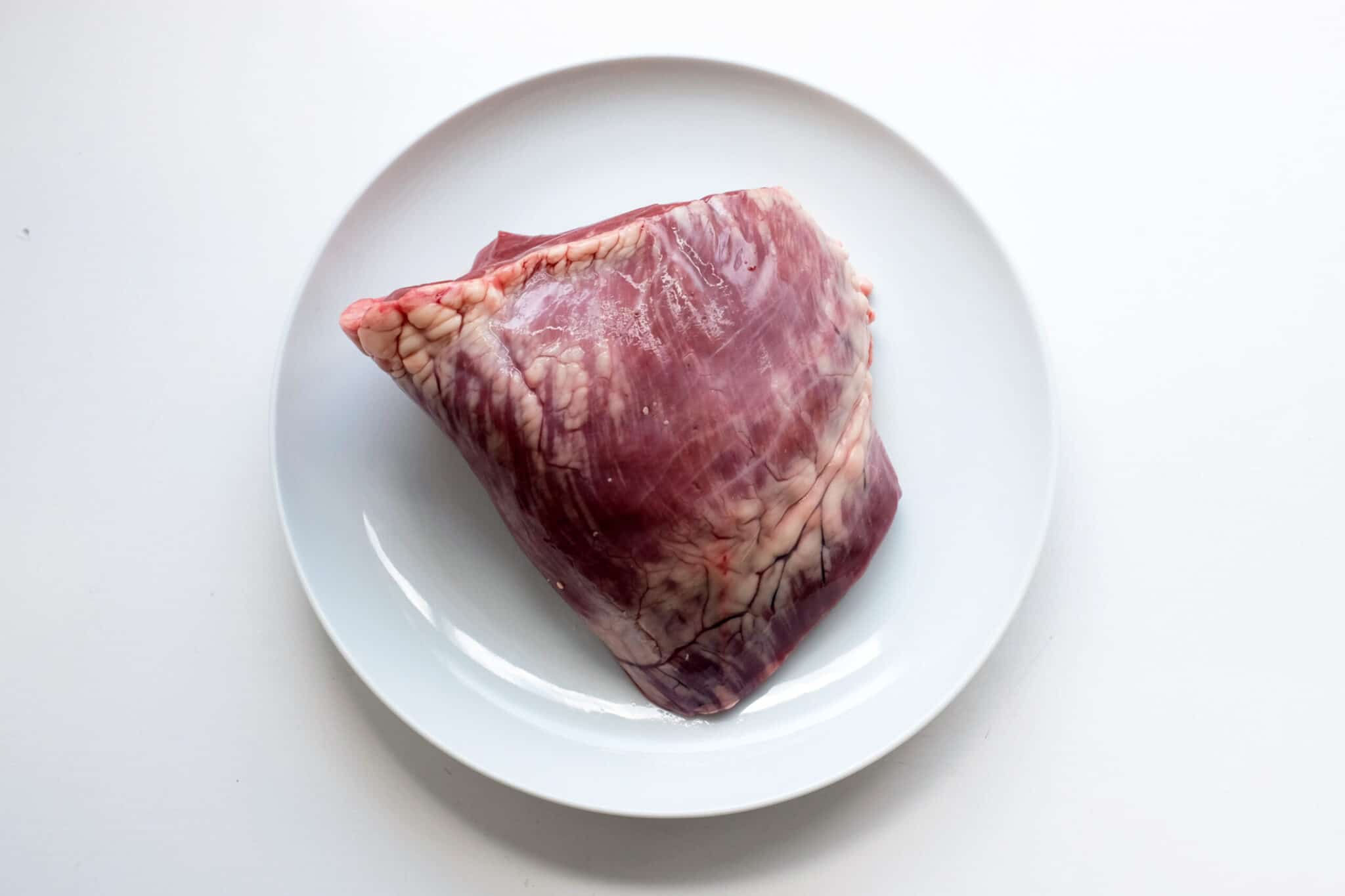The offal project: fish offal
Food writer and regular Borough blogger Ed Smith looks in depth at the offal available in the Market. This time: fish offal


“OFFAL DOESN’T HAVE TO BE ABOUT EATING EVERYTHING FROM TROTTER TO SQUEAK; IT CAN BE A SCALE AND FIN THING, TOO”
Image: Ed Smith
There’s a certain die-hard meat eater connotation to the word ‘offal’. If someone says they have tried or like pig’s head, calf’s brains, or liver-heavy faggots, they may as well have put on a massive badge stating ‘I am a carnivore’. Yet offal doesn’t have to be about eating everything from trotter to squeak; it can be a scale and fin thing, too.
We’re probably even more guilty of wasting fish bits than we are of other animals. Think about it: despite the fact that a fish’s flesh accounts for just 50 per cent of its mass, it’s generally only the fillets that we eat.
Scandinavians are into cod tongue and throat; in China, fish lips are braised and the collars and heads of fish are prized; I recently ate a stew in Portugal containing braised cod swim bladder, which is similar to an intestine; and, whisper it, I once had cod sperm sac sushi for breakfast at about 5:30 in the morning on the edge of Tokyo’s fish market (a cold beer was necessary both for courage and to wash it down).
More common and easier to recommend than those things are fish livers and roe. Monkfish liver has never been out of fashion in places like Spain, Japan and Iceland, and is now bang on trend in Britain’s restaurants. Fish roes are everywhere: from pastes, dips, patés, and sushi, all the way to caviar.
What are these things you speak of, and how do they taste?
Liver
As with a human, a fish’s liver assists with digestion by producing bile, maintains the correct chemical composition of blood, and stores fats and carbohydrates, so effectively acts as a reserve for energy. Perhaps it’s the latter function that helps to explain why monkfish liver (in particular) is so damn tasty.
Its ‘foie gras of the sea’ label is deserved: it’s rich, buttery and decadent. It also has an amazing saline quality. Most often monkfish liver is cooked quickly in a hot pan, so the edge caramelises and crisps a little, then served with something sweet or tart – sautéed leeks, pickled gooseberries, stewed plums and so on.
There’s a crunch and then a silky, creaminess to monkfish liver and while you can eat too much of it, it is lighter and less cloying than foie gras.
Fish liver can also be used in sauces; melting into and lending a rich saltiness to a pasta dish, for example, without you really knowing it’s there.
How to prepare and cook liver
Monkfish liver is pretty intimidating to look at, but relatively easy to cook and use. Like a mammal’s liver, preparation is largely a case of removing any veins or residual fat from the surface. Some recipes suggest a light brine to firm it a little, and / or soaking it in milk to soften its fishiness.
The Japanese dish ankimo requires liver to be rubbed with salt, soaked in sake, and then steamed. Western recipes tend to slice it into two to three centimetres thick ‘steaks’, and sear on a very hot pan for barely a minute on either side.
Roe
‘Hard’ roe are the egg masses found within the ovaries of fish. Hundreds of individual eggs are produced and held in membraneous sacs, and are usually brightly coloured. They’re relatively seasonal, being much more voluminous around spawning periods. (You’ll occasionally see reference to ‘soft’ roe too which is, in fact, fish semen. This post is mostly about the female version.)
Depending on the fish, the size of their eggs and the consumers involved, fish roe are used in a variety of ways. Some, like the Italians, Spanish and Japanese, cure and dry whole roe sacs, later slicing or grating it as a salty, umami, heavy flavouring, with a certain bitter aftertaste.
Traditionally, we Brits are partial to herring and cod’s roe, again salted and sometimes smoked, but not air dried to harden. The result is a spread with an intense fishy flavour. We remain rank amateurs in comparison to Scandinavians, though, who can’t get enough of the stuff. It’s so popular it comes in squeezable toothpaste tubes and is as universal at breakfast as cereal is on our tables.
You have to look fairly closely at cod and herring roe sacs to see that, actually, they consist of hundreds of little round eggs. The roe of salmon and trout is more obviously separate. Round, reddy-pink balls – which almost look too perfect to be natural – they are often salted or kept in oil, and burst as you bite them, releasing a salty, oily slick. It’s an addictive if acquired taste.
The same is true of caviar. The intensely-flavoured grey-black sturgeon eggs are prestigious, though probably best when simply matched with a little piece of rye bread.
Personally, I find caviar to be overrated. The roe I prize highest is that of the sea urchin. Like bright orange, wobbly tongues, uni, as it is known in Japan, has an ethereal mouthfeel, and melts on the tongue while imparting the best bits of a rockpool in your mouth.
How to prepare and cook roe
Most roe is best when fresh and still raw, or simply salted. The exceptions are generally when the roe is fully cured and air dried or smoked, after which you can simply spread on toast, or grate or shave if it’s drier.
Because roes are universally salty and intense, they add a heady seasoning to toast, rice, pasta or fish dishes, warming through residual heat and imparting a muted but strong flavour to the rest of the dish.
I was hoping to get my hands on some monkfish liver for this post, but each of Borough’s fishmongers confirmed the same thing: it’s a difficult treat to get hold of! Which is not to say you won’t see it at the Market, just that it’s not often in stock. So keep your eyes out in case any of the monkfish tails came with an added bonus and snap it up if it’s there.
Still, Shellseekers Fish & Game had plenty of smoked cod’s roe, and I had a few people coming over for drinks – so whipped cod’s roe (i.e. taramasalata) was the order of the day.
This is something that’s been de rigeur on London menus over the last few years, mostly via chefs who have either worked with or are clearly influenced by the Henderson / St John way of cooking. Interestingly, though, there’s no recipe for whipped cod’s roe in his books, which made testing out the best way of making it and then providing a recipe here even more vital!
Most recipes I read suggested adding oil to the roe and using a machine to blend it into an emulsion, like a mayonnaise. I wasn’t convinced by the results of that method, though, and also felt it unnecessary – roe is so soft, whipping it up by hand isn’t too much of a chore. Two other variants I tried included combining with soaked stale bread, which is possibly more authentic Greek taramasalata, and with creme fraiche, which requires less planning.
I preferred the latter approach – partly because of the ease of buying a pot of creme fraiche over ensuring there are stale white bread crumbs at home, but mostly because I think the sharp, cooling tang of creme fraiche is particularly good paired with the smoky, salty roe.
Read Ed’s recipe for whipped smoked cod’s roe.


